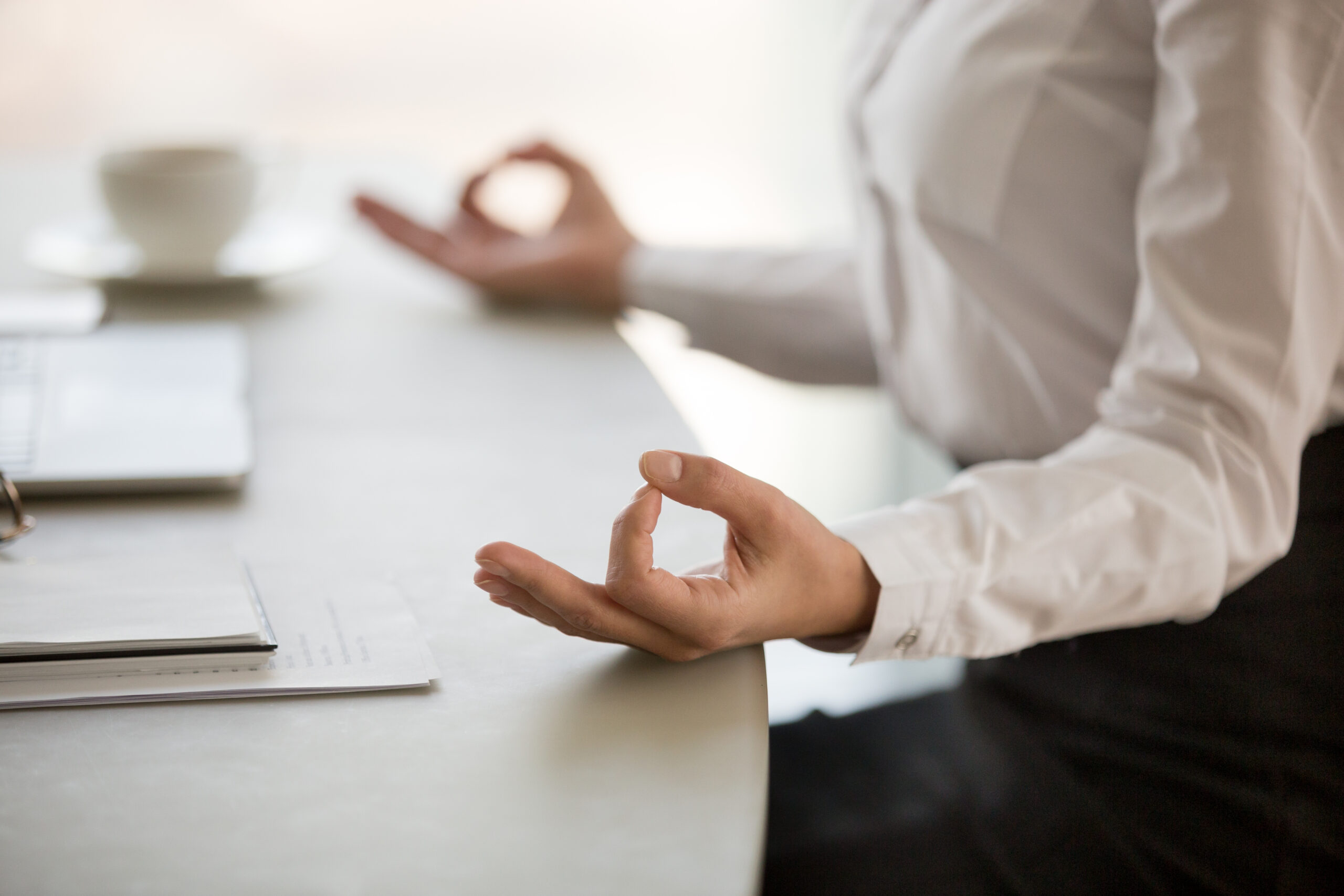These days, meditation isn’t just for monks or mystics. It’s a powerful, research-backed tool for modern life, one which is surprisingly simple to start and enjoy the benefits of.
From calming your nervous system to reshaping how your brain responds to stress, meditation has real, measurable effects. Science shows it can help lower anxiety, reduce inflammation, improve sleep, sharpen focus, and even slow biological ageing.
And you don’t need to disappear to a silent retreat or sit cross-legged for hours. Just a few minutes a day can begin to shift how you feel, think, and look.
Why Meditation Is a Modern Health Powerhouse
The real magic of meditation lies in what it does to your stress response such as your cortisol levels. Cortisol is your primary stress hormone, and in excess, it wreaks havoc: speeding up ageing, disrupting sleep, driving weight gain, and inflaming your skin.
Regular meditation has been shown to lower cortisol, calm the nervous system, and improve heart rate variability (a key indicator of resilience and recovery). It helps shift you out of fight-or-flight mode and into a calmer, more balanced state.
And your skin benefits too. Lower stress hormones mean fewer breakouts, less inflammation, better healing, and a healthier glow overall. Add in the improved sleep and emotional regulation, and you’re stacking wins across every system in the body.
How Much, How Often, and When
You don’t need hours. Just 10–20 minutes a day is enough for most people to see real noticeable benefits. Of course, if you enjoy it, then great, just keep going.
If it feels like too much, scale it back and start tiny. Start with one minute a day for a week. Then build to two, three, five, and up. The habit is what matters most. Daily consistency is far more effective than sporadic long sessions.
You can meditate anytime, but here are two particularly powerful options:
- Morning: Sets a calm, grounded tone for the rest of the day.
- Evening: Helps you process stress, unwind, and sleep better.
To lock it in as a habit, anchor your practice to something you already do like when you first wake up in the morning, drink your coffee, or just before bed.
Three Beginner’s Techniques That Anyone Can Do
There’s no one-size-fits-all approach to meditation. If focusing on the breath doesn’t click for you, there are other equally effective entry points. Below are three of the most accessible, research-backed techniques for beginners. Each one works a little differently, so you can find the approach that best suits your lifestyle, mindset, or mood on any given day. Try them out, mix and match, and discover what helps you feel most calm and connected.
Simple Breath Awareness
This is the classic gateway to meditation. It is simple, effective, and grounding. Breath awareness anchors your attention to the present moment and gives your mind something steady to rest on. It’s great for calming anxiety, easing mental chatter, and training your nervous system to respond rather than react. Best of all, your breath is always with you like a built-in anchor, available anytime you need to reset.
- Find a comfortable position — Sit upright on a chair or cushion, feet grounded, or legs crossed.
- Close your eyes (or keep them soft and half-open).
- Breathe naturally — Don’t force or change your breath. Just let it flow.
- Gently notice the breath — Pay attention to the inhale and exhale. Feel the air move in through your nose, into your lungs, and back out again.
- Focus on sensation — You might feel the coolness of the air, the rise and fall of your chest, or the movement in your belly.
- When your mind wanders (and it will), simply bring it back to the breath. No judgement. No frustration. That is the practice.
Tips to stay focused during breath awareness meditation:
- Silently count breaths (inhale 1, exhale 2, up to 10… then start again).
- Use a timer or app (like Insight Timer, Calm, or Headspace) to give your session structure.
- Imagine each breath as a wave — coming and going, gently.
The goal isn’t to stop thoughts. It’s to keep coming back, over and over. Lightly. Gently. Consistently.
Body Scan Meditation
This technique brings you out of your head and into your body. It’s especially helpful if you carry stress physically such as in your shoulders, jaw, or gut. By methodically scanning your body from head to toe, you gently invite awareness and relaxation into each area. The result is often a deep sense of calm and a reconnection to your physical self, a perfect antidote to stress, overthinking, and screen fatigue.
This technique helps shift your focus into the body, promoting awareness and deep relaxation.
- Lie down or sit comfortably.
- Close your eyes.
- Bring your attention to your feet. Notice any sensation — tingling, warmth, tension.
- Slowly move your attention upward: ankles, calves, knees… all the way to your head.
- Stay curious, not critical. You’re not trying to fix anything — just observe.
If your mind wanders, gently return to the body part you were on.
Mantra Meditation
This technique uses repetition to settle the mind. A mantra is a word, phrase, or sound that gives your attention a rhythm to follow, making it easier to stay focused. It’s particularly useful if your thoughts tend to spiral or if silence feels intimidating. Repeating a calming phrase in sync with your breath can gently lull your mind into a more peaceful state, while reinforcing whatever intention you choose.
Perfect if you like rhythm or something more structured.
- Sit comfortably and close your eyes.
- Choose a calming word or phrase — like “peace,” “I am calm,” or a Sanskrit mantra like “so hum.”
- Silently repeat it in sync with your breath.
- When thoughts come, return to the mantra.
Let the repetition anchor your attention. It becomes a mental home base.
Stillness as Self-Care
Meditation isn’t always about clearing your mind. Sometimes it is about noticing what’s there and choosing to return to calm. Even one minute a day can shift your nervous system, reduce inflammation, and start rewriting your stress story.
Make it a daily ritual. Start small. Stick with it. And let your body and mind thank you.



